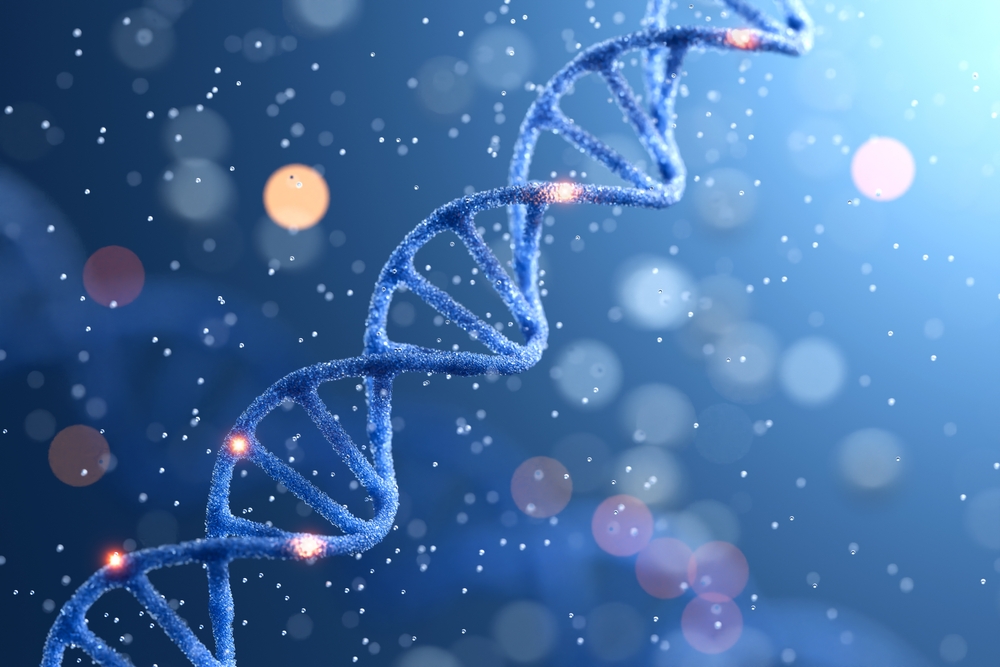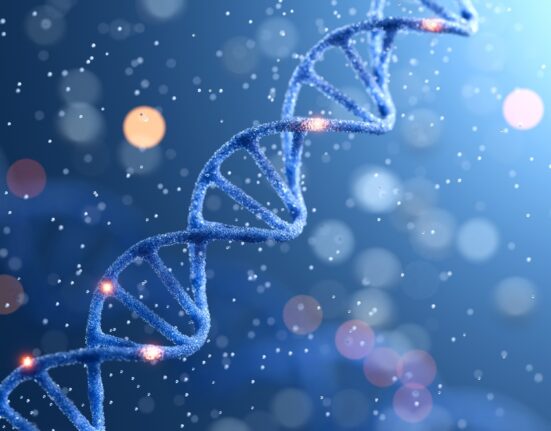Investigators used RNA sequencing to create a new gene activity atlas that showed how normal blood cells developed. The technique also identified the different ways abnormal development can lead to acute myeloid leukemia.
The study was presented by Andy Zeng, who is pursuing both a doctorate and medical degree at the University of Toronto, during the AACR Annual Meeting in Chicago earlier Monday.
“This represents an important step in evaluating cell state heterogeneity within and across AML patients in a more quantitative way, adding a new tool to the toolkit for AML researchers,” Zeng said in a press release provided by AACR.
Researchers need to understand how normal blood cell development works before they can figure out how it goes wrong and leads to diseases like AML. However, creating a detailed and accurate map of normal blood cell development is technically difficult.
Indeed, the investigators noted that the limitations included technical issues linked with single-cell sequencing and limited sensitivity to detect extremely rare cell types.
Study method and results
The investigators created a reference atlas of normal human hematopoiesis using gene expression data from 263,519 individual cells enriched for hematopoietic stem and progenitor cells. The researchers then mapped the transcriptional profiles of more than 1.2 million cells from 318 patients with leukemia to distinct cell state states, according to the release.
The researchers identified at least 12 distinct differentiation patterns across the AML samples. Using bulk RNA-seq from over 1,200 AML samples, the investigators found that the same mutation can cause different leukemia types depending on context.
“These findings reveal that the phenotypic heterogeneity in AML arises from the interplay between genetic drivers and the specific cellular context, helping us begin to decipher the ‘rules’ governing the factors that shape the disease,” Zeng said.
Researchers hope these tools will help find biomarkers that improve prognosis prediction and support more personalized treatment for AML patients.
“By establishing a high-resolution single-cell reference atlas of hematopoiesis, we’ve not only advanced our understanding of how differentiation goes awry in AML, but we’ve also provided an accessible toolkit for other researchers to rapidly map and classify their own blood samples profiled by single-cell RNA sequencing,” Zeng said in the press release.
Reference
Zeng A, Iacobucci I, Shah S. Single-cell transcriptional mapping reveals genetic and non-genetic determinants of aberrant differentiation in AML. Association of Cancer Research Annual Meeting. Abstract #3806. April 25-30; Chicago







